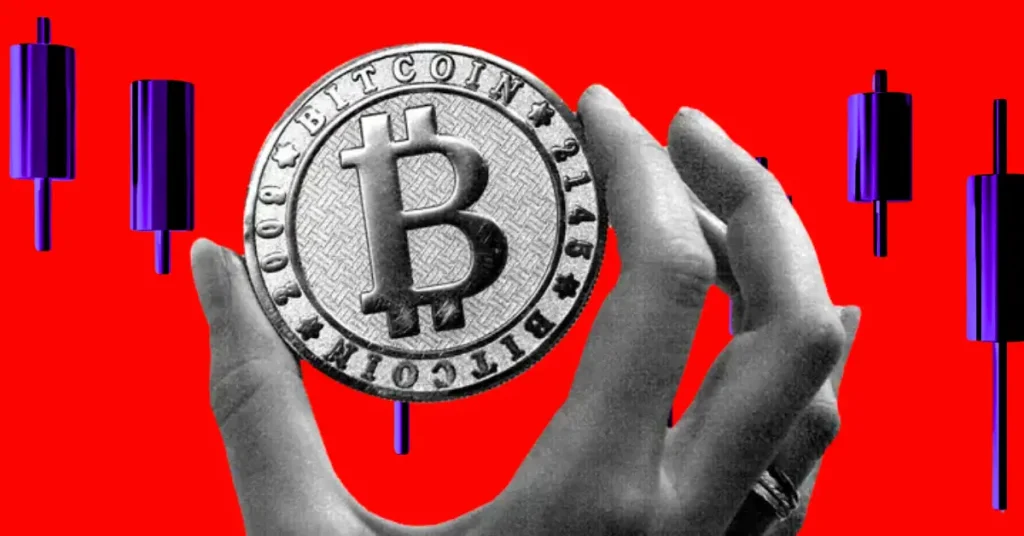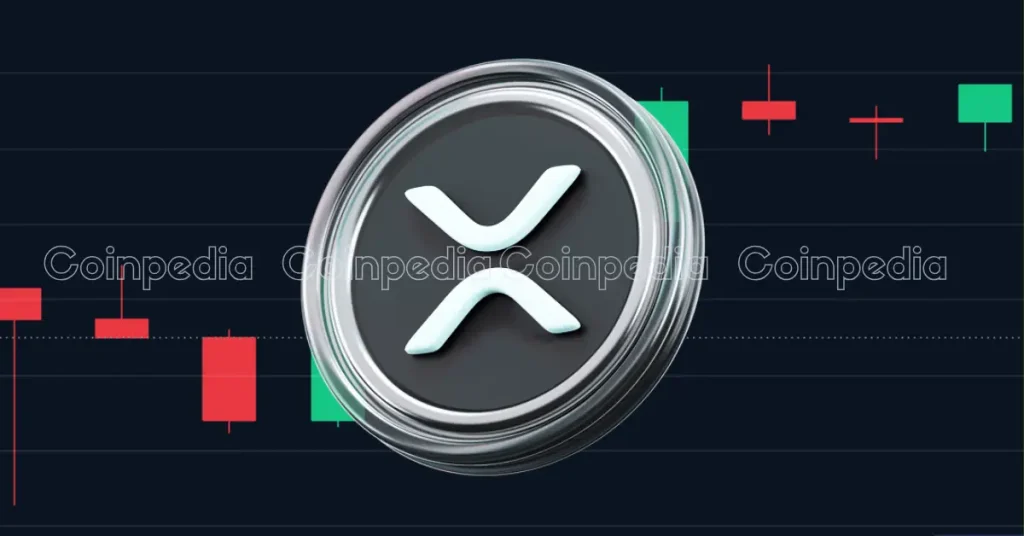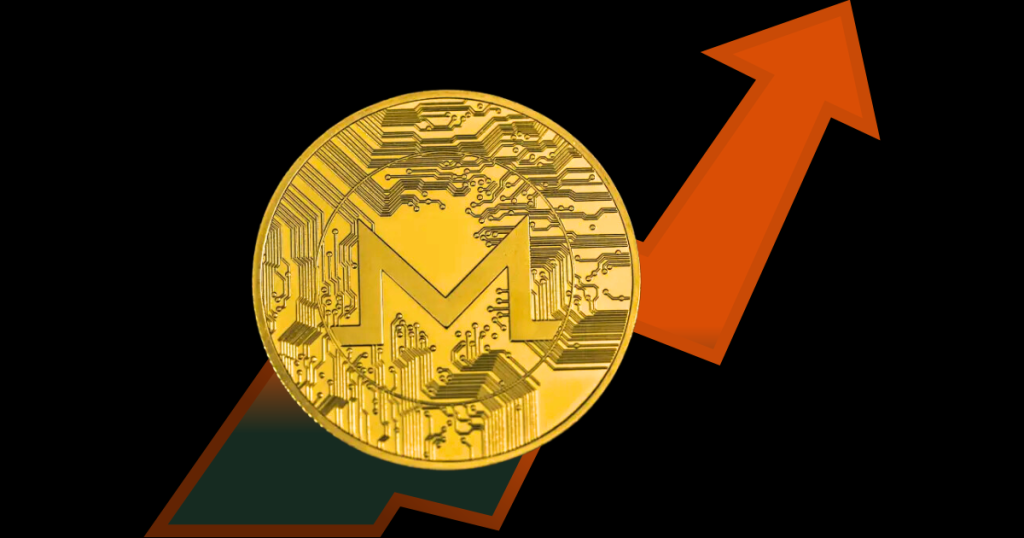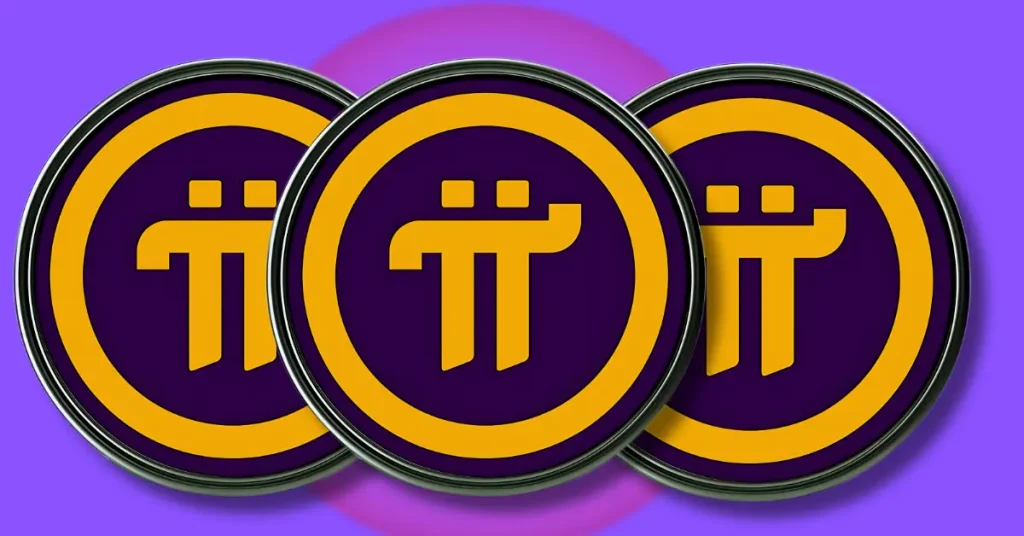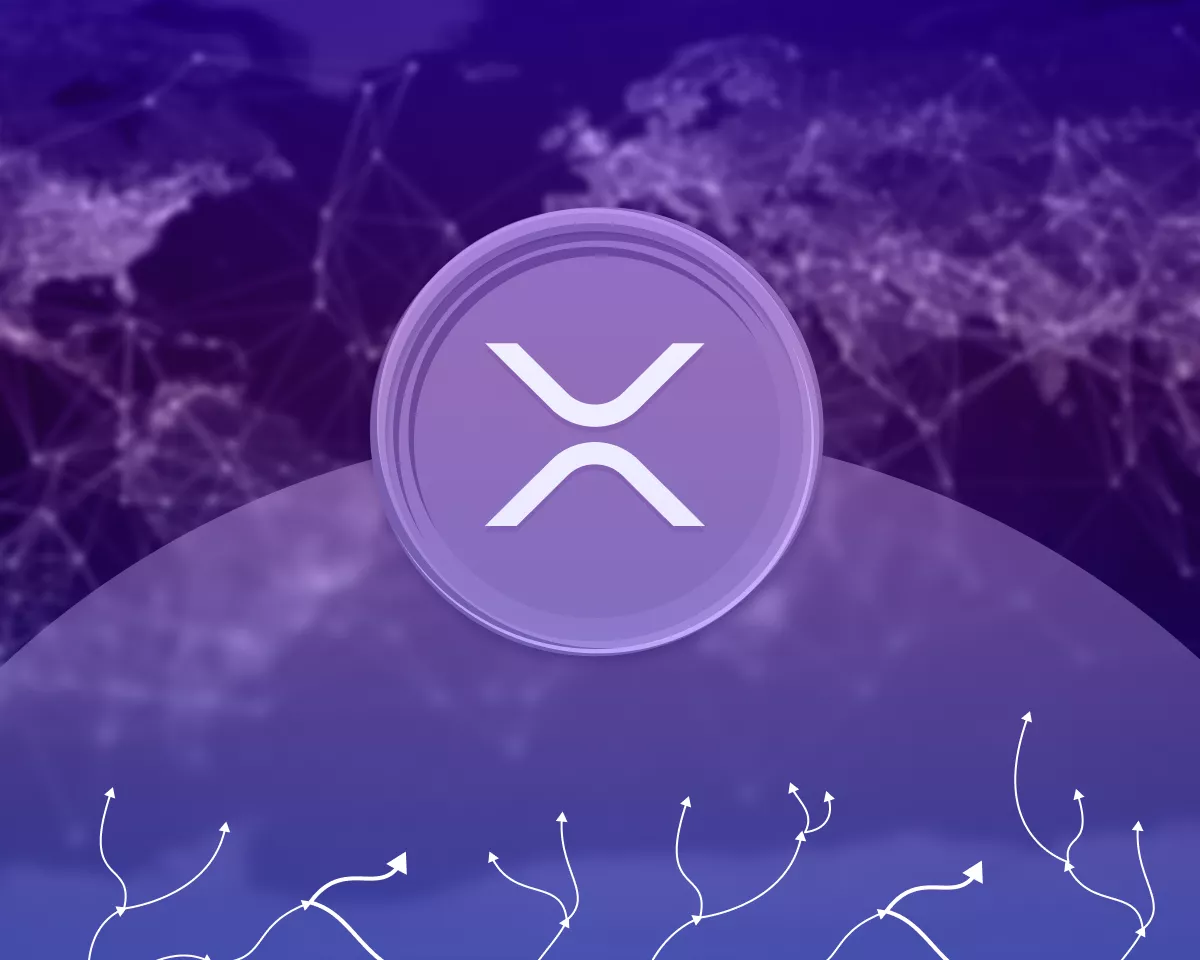Summary Bitfarms has reduced debt and costs significantly over the last year. It has ordered new low-energy miners to make the most of its new low-cost electricity supply. Bitfarms now has mining sites in both hemispheres, giving it a sustainable competitive advantage. The Q1 2023 earnings call gave much information about the progress Bitfarms Ltd. ( BITF ) has made and was an opportunity for management to add detail to their plans for the coming years. Bitfarms is laser-focused on the next Bitcoin (BTC-USD) halving that will take place in 2024; at that point, the reward given to miners when they place a block will halve from 6.25 to 3.125 Bitcoins. The halving takes place approximately every four years. It has done so since the beginning of Bitcoin time and will continue as long as the Bitcoin blockchain is in operation. A maximum of 21 million Bitcoins are available, and new Bitcoins enter circulation through mining activity; the halving makes the 21 million figure a mathematical asymptote that will never be reached. Bitfarms Halving Plans Bitfarms is preparing for the halving by lowering its cost structure and reducing its debt. It hopes this will be enough to survive the halving event. The halving will likely severely disrupt the industry (unless the price of Bitcoin doubles). Miners will see significantly reduced income; many are already in a precarious financial situation with high debt and high operating costs. An industry shakeout is likely. Over the last 12 months, Bitfarms has reduced its General and Administration charges by 25% and significantly reduced its debt pile from $140 million to $19 million, reducing debt service costs from $6 million to $2 million per quarter. Bitfarms said in the call that the reduction in G and A would be sustainable. The only negative is that they continue to tap the ATM for around $5 million monthly. The balance sheet looks much better, with cash now higher than debt. Balance sheet over time (Author Database) Bitfarms Operations Bitfarms Miners Bitfarms' purchasing aim is to reduce the amount of energy needed by its equipment, as energy is its only significant cost. The recent call reported a current energy use of 39 joules per terahash, expected to fall to 30 joules per terahash when the miners it has on order are energized. That is a significant drop of 23% and will show up in reduced costs later in the year. Bitfarms continues to source its miners from MicroBT and Bitmain, the two pre-eminent market-leading manufacturers. Bitcoin miners have what should be a simple task. They buy mining computers, power them with electricity, and then collect Bitcoins. In practical terms, it is challenging to do this profitably; they must purchase the best miners, power them with the cheapest electricity and site them in Bitcoin-friendly jurisdictions. Bitfarms is buying the best miners and have an outstanding strategy for choosing the position of their mines. Bitfarms Mines Most Bitcoin mines are near renewable energy installations and act as grid-balancing machines. They sign power purchase agreements with the energy generating company that allow them to buy cheap energy when the grid does not need it and throttle back production when it does. The grid's demand for energy is driven by the seasons; when winter comes, homes need power, and electricity prices rise, so miners throttle back production or cease operations entirely. In a hot climate, a heatwave can drive increased demand for air conditioning and electricity, so the miners have to throttle back once again. Most renewable energy is also weather dependent; solar energy needs the sun to shine, and wind farms need wind. Bitfarms runs on 91% renewable energy using the following sites Bitfarms Sites (Q1 earnings call) The chart shows the growth in mining planned at each site, as reported at the earnings call. Bitfarms intends to more than double its capacity in the coming years. It probably has to do this to stay still, as the network difficulty (amount of power needed to complete a block) grows consistently. Bitfarms is the only miner I follow that has seriously attempted to solve the issue of seasonality and electricity price by placing its farms in North and South America or, more importantly, the Northern and Southern Hemispheres. This strategy circumvents many of the problems other miners incur; when it is winter in one hemisphere, it is summer in the other, and at most, Bitfarms have to throttle back only half of their operation. A major storm in Texas might take out some miners' entire operations but will not affect the Southern Hemisphere mines of Bitfarms. It is an ingenious solution, they have had to work very hard to gain regulatory acceptance in Argentina, and they talked at length about acquiring miners and electricity there. However, the Argentina site is operating with a low base electricity cost; you can see from the table that Bitfarms intends the Argentinian site to be its biggest one and account for almost 50% of production in the longer term. Bitfarms have done a great job procuring electricity; they reported a figure of 5 cents per kWh for Q4 2022 and have signed new PPA contracts that will take it down to 0.3 cents later this year. That is one of the lowest in the industry, beaten only by the 2.7 cents reported by Cipher Mining Inc. ( CIFR ) and the 2.9 cents reported by Riot Platforms ( RIOT ). The Argentinian site will be moving down from 4.3 cents to below 3 cents, and as a percentage of production, it is moving from 5% to 10% this year and 50% in the longer term. The Canadian sites are the only black spot here, as costs have risen 6%. However, the new Baie site will reduce that average when and if the deal is finalized, we should hear about this next quarter. The Fair Value of BITF Stock Simplywall.st work out discounted cash flow calculations for all companies with sufficient analyst forecasts. The DCF works out the value of a company using only the cash it generates. In the case of Bitfarms, the DCF suggests that the company is overvalued by 1,162%. DCF fair value (simplywall.st) The DCF methodology does not work well for Bitcoin Miners because they are not trying to generate free cash; they are trying to use all of their free cash to generate Bitcoins and hold on to them, believing they will appreciate. The fair value of a miner must be generated from the bitcoins they produce and keep rather than the USD they generate. Bitfarms mine Bitcoins, sell some to fund operations, then add 30 to their treasury (Q1 earnings call). Although they have not always done this, we can use it to estimate how many Bitcoins they can accumulate up to 2030. Some key assumptions are needed The first is the halving, and we know the reward to miners per block will halve approximately every four years. Effect of the Halving (Author) Assuming that Bitfarms can keep the same market share, which will mean increasing their Hashrate on a more or less never-ending pathway, by 2030, they should have generated 1260 Bitcoins and stored them in the treasury but will have generated zero cash as they only spend the Bitcoins they need to fund the business. Next, we have to work out the price of a Bitcoin in 2030, an impossible task; I will use probability and the expectation theory to give us a reasonable guestimate. Expected Value of Bitcoin (Author) I have used Ark's big ideas 2023 to get my Bitcoin prices and to assign each one a probability. Ark has $1,000,000 as the bull case and $600,000 as the Base case. I have put all the percentages in the table; I think I have been more bearish than Ark even though I ended up with the expected Bitcoin price of $254,000 in 2030, an increase of 807% by the end of the decade. Using $254K as the value of the Bitcoins generated and adding it to the current market cap of Bitfarms, we get $581 million, an increase of 100%. I consider this to be a very conservative estimate for Bitfarms. They are reducing their costs for the halving and have spread their operation over the two hemispheres. Likely, some companies will not survive the halving, and operations in the Northern Hemisphere (especially Texas) may be curtailed more often if the extreme weather of recent years continues. If this happens, the network difficulty rate could drop significantly, increasing the number of Bitcoin Bitfarms mines. They could continue to HODL 30 Bitcoin per month, giving them 2,520 new coins by 2030 and a fair value $910 million, so a bull case target of 200% and a base case of 100%. Derivatives are always risky Bitfarms has begun hedging They appointed a VP of risk management at the beginning of the year and are attempting to use derivatives to remove the volatility of Bitcoin without losing the potential upside. I always listen to the earnings calls, and at this point, you could hear the lack of confidence the CEO had as he said: And the goal here, quite frankly, is the means of insulating and protecting our downside here. And right now, we're doing that primarily either by writing or by buying options in place here, though we're looking for some other more sophisticated instruments as we get more advanced here. And also to a degree on the upside, we do offset some of that premium cost by actually writing some dramatically out-of-the-money calls here. As a former derivatives trader (with the Bank of America in London), I can speak with some authority on this issue. Playing with derivatives is a risky business. Many companies have been brought down by not fully understanding the potential risk; the entire credit crunch was brought about by the banking industry not fully understanding the risk of the derivatives it was buying on mortgage-backed securities. If the banks can get it wrong, Bitfarms definitely can. Bitfarms want to minimize the downside and still capture the upside. In my opinion, you cannot financially engineer risk out of Bitcoin, and I think they will end up spending money on these derivative positions and on the staff to run the operation while probably reducing their income and leaving themselves open to a black swan event. I hope they don't get too deep into this; they are a Bitcoin miner, risk and volatility are fundamentally part of their chosen industry. Conclusion I am impressed by the steps Bitfarms has taken to prepare for next year's halving. They have reduced debt and costs, purchased new low-energy miners, and acquired low-cost electricity to power them. The new lower cost of electricity that will become effective this year puts them in line with the leaders in this industry. They have developed a significant and sustainable competitive advantage by placing their sites in both hemispheres, they are the only miner I follow to have made a success of this, and I think it will serve them well for many years. Their purchasing policy, buying the best miners to reduce energy use per terahash, is excellent. I don't like the derivative policy; it just adds another layer of risk to an already risky venture. Of the four smaller miners I have reviewed, Bitfarms would appear to be the best bet and have a realistic chance of doubling in value, so they get a buy rating.

